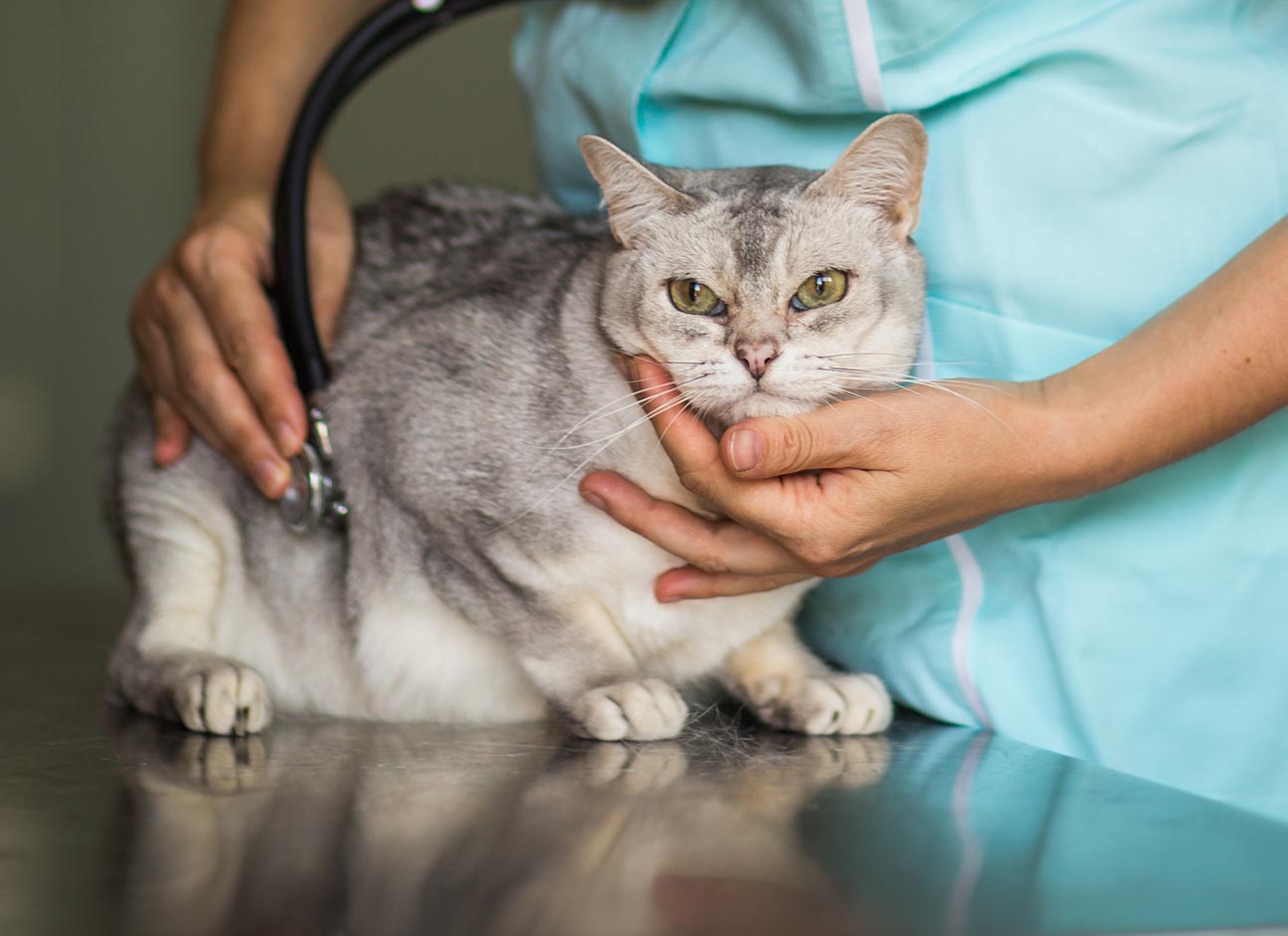Feline viral leukemia is one of the most dangerous and challenging diseases to diagnose. It is caused by viruses that integrate into the pet’s DNA and currently has no cure, with treatments focused on symptom relief.
Understanding the Disease
Feline leukemia is caused by the feline leukemia virus, which can result in severe complications such as immunodeficiencies, hematopoietic problems, cancerous tumors, and secondary infections. The disease is prevalent worldwide and primarily affects cats under six years old. It is contagious among cats but does not infect other animals or humans.
Modes of Transmission
In rare cases, viral leukemia can be transmitted through shared food bowls and litter trays. Other ways of transmission include:
From mother to kittens
Blood transfusions, even from donors with latent viral leukemia
Close contact between cats, mutual grooming, bites during fights, and mating
Blood-sucking insects can also transmit the virus from an infected cat to a healthy one.
Forms of Infection
The disease is categorized into three types:
Progressive: The virus is continuously active, causing complications and posing a constant danger to other cats. Cats with this form have shorter lifespans.
Regressive: A latent form with infrequent complications, contagious to other cats only when the virus enters the bloodstream. Cats with this form often live long, asymptomatic lives.
Abortive: The immune system eradicates the viral infection with antibodies, and the cat becomes completely healthy.
Symptoms
Leukemia does not have unique symptoms, often resembling other severe diseases such as feline infectious peritonitis. Common symptoms include:
Secondary bacterial and viral infections
Stomatitis and skin lesions
Sudden weight loss and loss of appetite
Lethargy or fever
Enlarged lymph nodes in the neck, groin, and armpits
Fluid accumulation
Enlarged spleen and kidneys
Neuropathy
Heart problems
Tumors
Hematopoietic system disorders
Secondary infections occur due to immunodeficiencies.
Diagnosis
Due to non-specific symptoms, diagnosis can be difficult. Veterinarians recommend screening all cats, particularly those with potential exposure to infected cats. Diagnostic tests should be performed before vaccination and in case of blood donation. Methods used include:
Clinical blood tests
PCR tests
Enzyme immunoassays
Immunofluorescence reactions
Ultrasound and X-ray studies
Treatment
Since leukemia cannot be cured, treatment focuses on alleviating symptoms and addressing secondary infections. Therapies are selected based on individual symptoms and manifestations.
Prevention Methods
Preventive measures include:
Identifying infected cats
Isolating cats with the progressive form
Reducing stress factors
Regularly cleaning the cat’s living space using disinfectants
Keeping food bowls clean
Ensuring blood donors are tested before transfusions
Vaccination is the most crucial preventive measure against feline leukemia. A vaccine is available and serves as an essential tool in preventing the disease.
